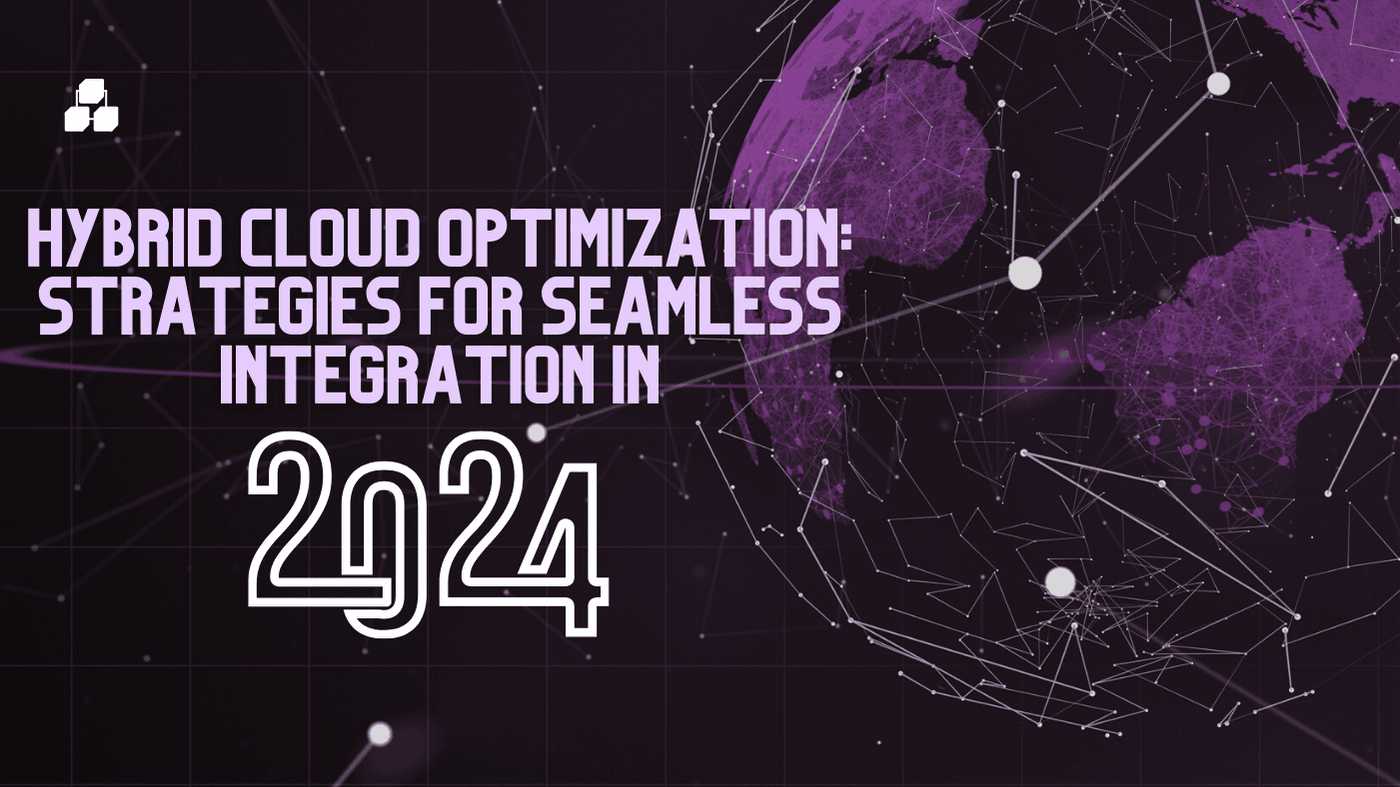Cloud Native Architecture A Business Guide to Success
Explore how cloud-native architecture drives business growth through scalable microservices. Learn key principles for flexible, innovative digital solutions.

Cloud-native architecture is revolutionizing the digital landscape, offering businesses unparalleled scalability, agility, and innovation. This guide explores the key principles and benefits of cloud-native architecture, providing insights into how organizations can leverage its full potential for growth. Cloud-native architecture involves designing applications as loosely coupled microservices, each independently deployable and scalable, allowing for greater flexibility and rapid innovation.
Explore the key principles and benefits of cloud-native architecture and learn how businesses can leverage it to achieve scalability, agility, and innovation in the cloud.
In today's rapidly evolving digital landscape, cloud-native architecture has emerged as a game-changer for businesses seeking scalability, agility, and innovation. In this comprehensive guide, we will delve into the key principles and benefits of cloud-native architecture, equipping you with the knowledge to harness its full potential for your organization's growth.
Understanding Cloud-Native Architecture:
Cloud-native architecture is a modern approach to building and deploying applications that leverage the full power of cloud computing. It revolves around designing applications as a collection of loosely coupled microservices, each independently deployable and scalable. By embracing cloud-native principles, businesses can achieve greater flexibility and adaptability, paving the way for seamless growth and rapid innovation.
Benefits of Cloud-Native Architecture:
- Scalability: Cloud-native applications can scale effortlessly, accommodating fluctuations in demand without compromising performance. This elasticity enables businesses to respond dynamically to changing market conditions and user requirements.
- Agility: With microservices architecture, developers can independently work on different components of the application, enabling faster development cycles and quicker time-to-market. This agility allows businesses to stay ahead in the competitive landscape.
- Innovation: Cloud-native architecture fosters a culture of continuous integration and delivery (CI/CD), encouraging regular updates and feature releases. This constant innovation helps businesses deliver value to their customers and respond swiftly to evolving needs.
Key Principles of Cloud-Native Architecture:
- Containerization: Adopting containers like Docker enables seamless deployment and portability of applications across various environments, from development to production.
- Orchestration: Tools like Kubernetes help manage the lifecycle of containers, ensuring optimal utilization of resources and automated scaling.
- Resilience: Cloud-native applications are designed to be resilient, with built-in fault tolerance and self-healing capabilities, ensuring minimal downtime and uninterrupted service delivery.
- Observability: Implementing observability practices with logging, metrics, and tracing provides valuable insights into application performance, aiding in troubleshooting and optimization.
Conclusion:
Cloud-native architecture is a transformative approach that empowers businesses to thrive in the digital age. By embracing the principles and benefits of cloud-native architecture, organizations can achieve unparalleled scalability, agility, and innovation, laying the foundation for a successful and future-proof business.
In our next blog post, we will explore the practical steps to implement cloud-native architecture and guide businesses on their journey to cloud-native excellence.

As we navigate the complexities of the digital age, hybrid cloud optimization emerges as a cornerstone of modern IT strategy.

Secure cloud-native environments with emerging trends, Zero Trust, DevSecOps, AI-driven security, and automated compliance solutions.
